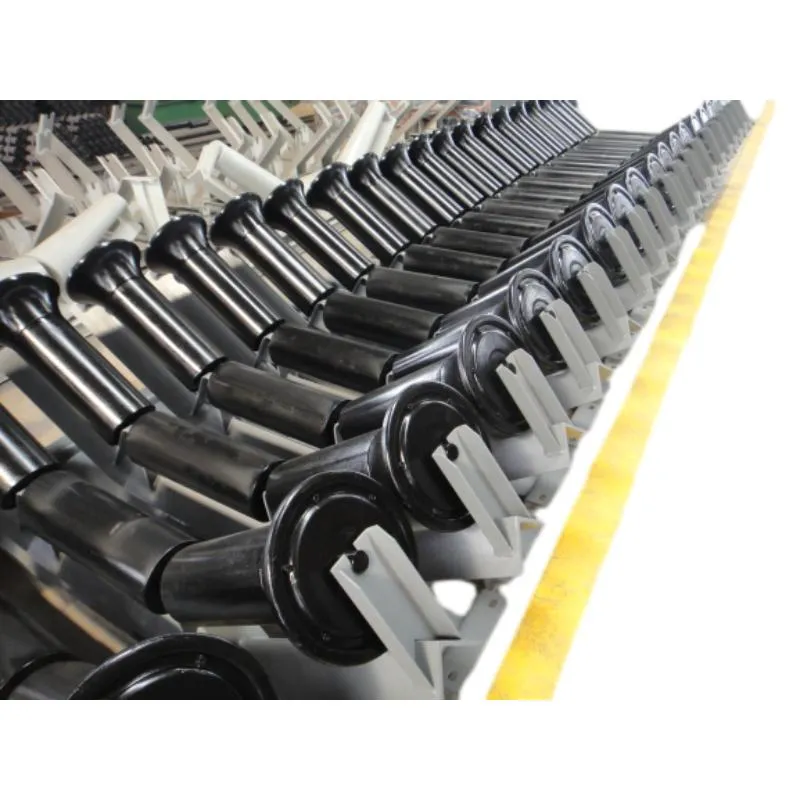 Afrikaans
Afrikaans  Albanian
Albanian  Amharic
Amharic  Arabic
Arabic  Armenian
Armenian  Azerbaijani
Azerbaijani  Basque
Basque  Belarusian
Belarusian  Bengali
Bengali  Bosnian
Bosnian  Bulgarian
Bulgarian  Catalan
Catalan  Cebuano
Cebuano  Corsican
Corsican  Croatian
Croatian  Czech
Czech  Danish
Danish  Dutch
Dutch  English
English  Esperanto
Esperanto  Estonian
Estonian  Finnish
Finnish  French
French  Frisian
Frisian  Galician
Galician  Georgian
Georgian  German
German  Greek
Greek  Gujarati
Gujarati  Haitian Creole
Haitian Creole  hausa
hausa  hawaiian
hawaiian  Hebrew
Hebrew  Hindi
Hindi  Miao
Miao  Hungarian
Hungarian  Icelandic
Icelandic  igbo
igbo  Indonesian
Indonesian  irish
irish  Italian
Italian  Japanese
Japanese  Javanese
Javanese  Kannada
Kannada  kazakh
kazakh  Khmer
Khmer  Rwandese
Rwandese  Korean
Korean  Kurdish
Kurdish  Kyrgyz
Kyrgyz  Lao
Lao  Latin
Latin  Latvian
Latvian  Lithuanian
Lithuanian  Luxembourgish
Luxembourgish  Macedonian
Macedonian  Malgashi
Malgashi  Malay
Malay  Malayalam
Malayalam  Maltese
Maltese  Maori
Maori  Marathi
Marathi  Mongolian
Mongolian  Myanmar
Myanmar  Nepali
Nepali  Norwegian
Norwegian  Norwegian
Norwegian  Occitan
Occitan  Pashto
Pashto  Persian
Persian  Polish
Polish  Portuguese
Portuguese  Punjabi
Punjabi  Romanian
Romanian  Russian
Russian  Samoan
Samoan  Scottish Gaelic
Scottish Gaelic  Serbian
Serbian  Sesotho
Sesotho  Shona
Shona  Sindhi
Sindhi  Sinhala
Sinhala  Slovak
Slovak  Slovenian
Slovenian  Somali
Somali  Spanish
Spanish  Sundanese
Sundanese  Swahili
Swahili  Swedish
Swedish  Tagalog
Tagalog  Tajik
Tajik  Tamil
Tamil  Tatar
Tatar  Telugu
Telugu  Thai
Thai  Turkish
Turkish  Turkmen
Turkmen  Ukrainian
Ukrainian  Urdu
Urdu  Uighur
Uighur  Uzbek
Uzbek  Vietnamese
Vietnamese  Welsh
Welsh  Bantu
Bantu  Yiddish
Yiddish  Yoruba
Yoruba  Zulu
Zulu Head Roller for Conveyor Systems and Their Importance in Material Handling
Understanding Conveyor Head Rollers The Backbone of Material Handling Systems
Conveyor systems play a crucial role in industries ranging from manufacturing to warehousing, streamlining the movement of goods and enhancing overall efficiency. At the heart of these systems lies the conveyor head roller, a vital component that ensures smooth operation and effective material handling.
The conveyor head roller, often referred to as the drive roller, is typically located at the beginning of a conveyor belt system. Its primary function is to drive the belt forward, allowing materials to be transported along the conveyor line. While it may seem like a simple component, the design and functionality of head rollers are essential for optimizing conveyor performance.
Design and Functionality
Conveyor head rollers come in various designs and sizes, tailored to meet the specific needs of different applications. They are usually constructed from durable materials such as steel, aluminum, or rubber to withstand heavy loads and harsh working conditions. The roller's diameter and length are determined by the conveyor's width and the type of material being transported. Proper sizing is vital to avoid excessive wear and to maintain efficient operations.
One of the key features of conveyor head rollers is their ability to support the tension of the conveyor belt. As the roller rotates, it creates friction that helps pull the belt along the conveyor system. This tension is crucial for maintaining belt alignment and preventing slippage, which can lead to material jams and reduced productivity. Additionally, head rollers are often equipped with bearings, which allow for smooth rotation and reduce the wear and tear on the roller itself.
Applications in Different Industries
conveyor head roller

Conveyor head rollers are widely used across various industries, each with unique requirements. In manufacturing, for instance, these rollers facilitate the assembly line process by efficiently moving parts from one station to another. In the food and beverage sector, head rollers are designed to meet stringent hygiene standards, often featuring stainless steel construction for easy cleaning and resistance to corrosion.
In the mining and construction industries, head rollers are subjected to more extreme conditions. They must handle heavy loads, abrasive materials, and potentially hazardous environments. As such, they are often equipped with heavy-duty features, including reinforced casings and specialized coatings to enhance their durability.
Maintenance for Longevity
Regular maintenance of conveyor head rollers is essential to ensure their longevity and optimal performance. Over time, dust and debris can accumulate on the roller surface, leading to increased friction and potential wear. It is advisable to periodically clean the rollers and inspect them for any signs of damage or misalignment. Additionally, checking the bearings for lubrication and wear can prevent unexpected breakdowns and costly downtime.
Another critical aspect of maintenance is monitoring belt tension. Overly tight or loose belts can lead to premature wear of the head rollers and may even result in belt failure. Implementing a routine inspection schedule can help identify any issues before they escalate, thus ensuring that the conveyor system operates smoothly.
Conclusion
In conclusion, conveyor head rollers are indispensable components of material handling systems, playing a pivotal role in promoting efficiency and productivity in various industries. Their design, functionality, and maintenance are critical factors that contribute to the overall performance of conveyor systems. By understanding the importance of these rollers, businesses can better appreciate their significance and invest in proper maintenance practices to extend the lifespan of their equipment. As industries continue to evolve, the role of conveyor head rollers will undoubtedly remain crucial in facilitating the seamless movement of goods in an increasingly automated world.
-
Revolutionizing Conveyor Reliability with Advanced Rubber Lagging PulleysNewsJul.22,2025
-
Powering Precision and Durability with Expert Manufacturers of Conveyor ComponentsNewsJul.22,2025
-
Optimizing Conveyor Systems with Advanced Conveyor AccessoriesNewsJul.22,2025
-
Maximize Conveyor Efficiency with Quality Conveyor Idler PulleysNewsJul.22,2025
-
Future-Proof Your Conveyor System with High-Performance Polyurethane RollerNewsJul.22,2025
-
Driving Efficiency Forward with Quality Idlers and RollersNewsJul.22,2025





























